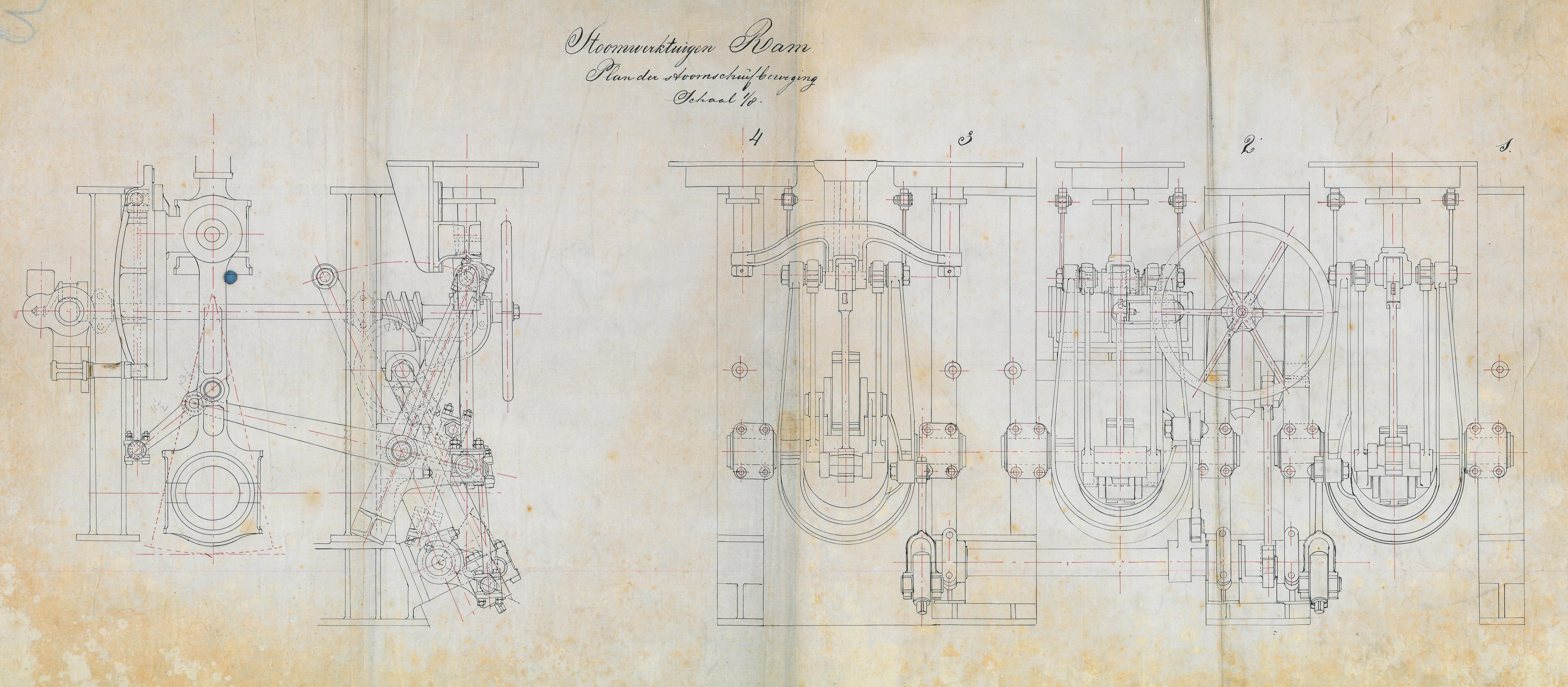Her main purpose was to defend the tidal inlets and especially the so-called Zuiderfrontier. The order to her building at the Kon. Fabriek van stoom- en andere werktuigen te
With a displacement of 2.479 ton were her dimensions 70,00 x 1352 x 4,55 metres . The engines and 3 Scottish boilers supplied 2.315 ihp allowing while driving 2 screws a speed of 12,5 miles . Coal bunker capacity 110 ton. The armament consisted original of 2-21cm guns, 1-17cm gun, 4-5cm guns, 3-37cm guns and 2 torpedo guns. In 1908 were both torpedo guns removed and in 1913 was the 17cm gun (placed aft) replaced by 1-15cm gun. The armour consisted of a 100-120mm thick belt, a 50-75mm thick deck while the gun turret and conning tower were protected by 280 mm thick armour. Her crew numbered 159 men. Costs when for the first time commissioned ƒ 1.960.038,00.
The newspaper Middelburgsche Courant dated 18 June 1891 called her a ram and that via a private tender De Schelde received the order for manufacturing her engines and boilers. The edition dated 23 July reported that officer engineer 1st class A. Jongkees detached at the navy yard at Amsterdam Amsterdam Amsterdam Amsterdam


